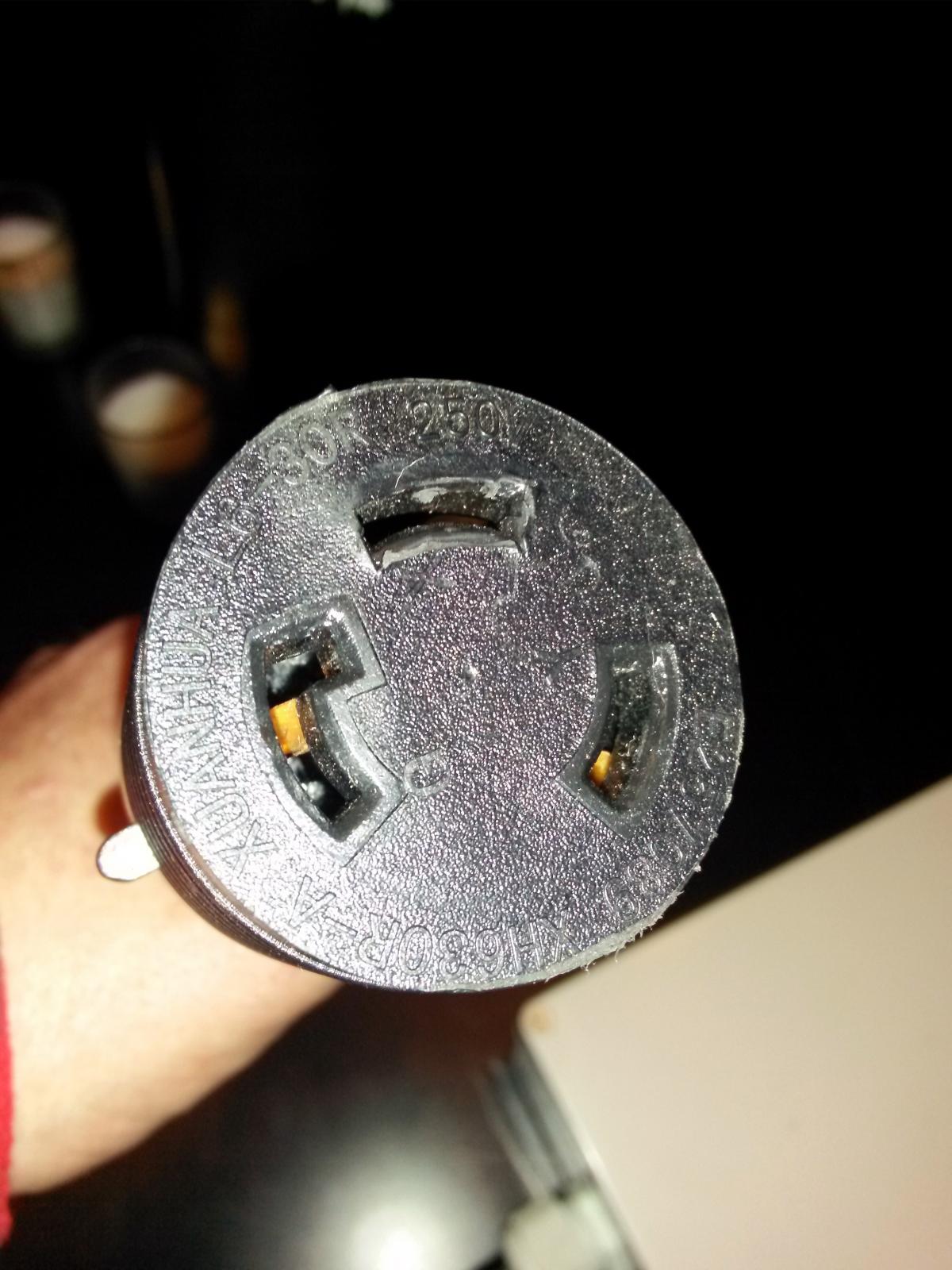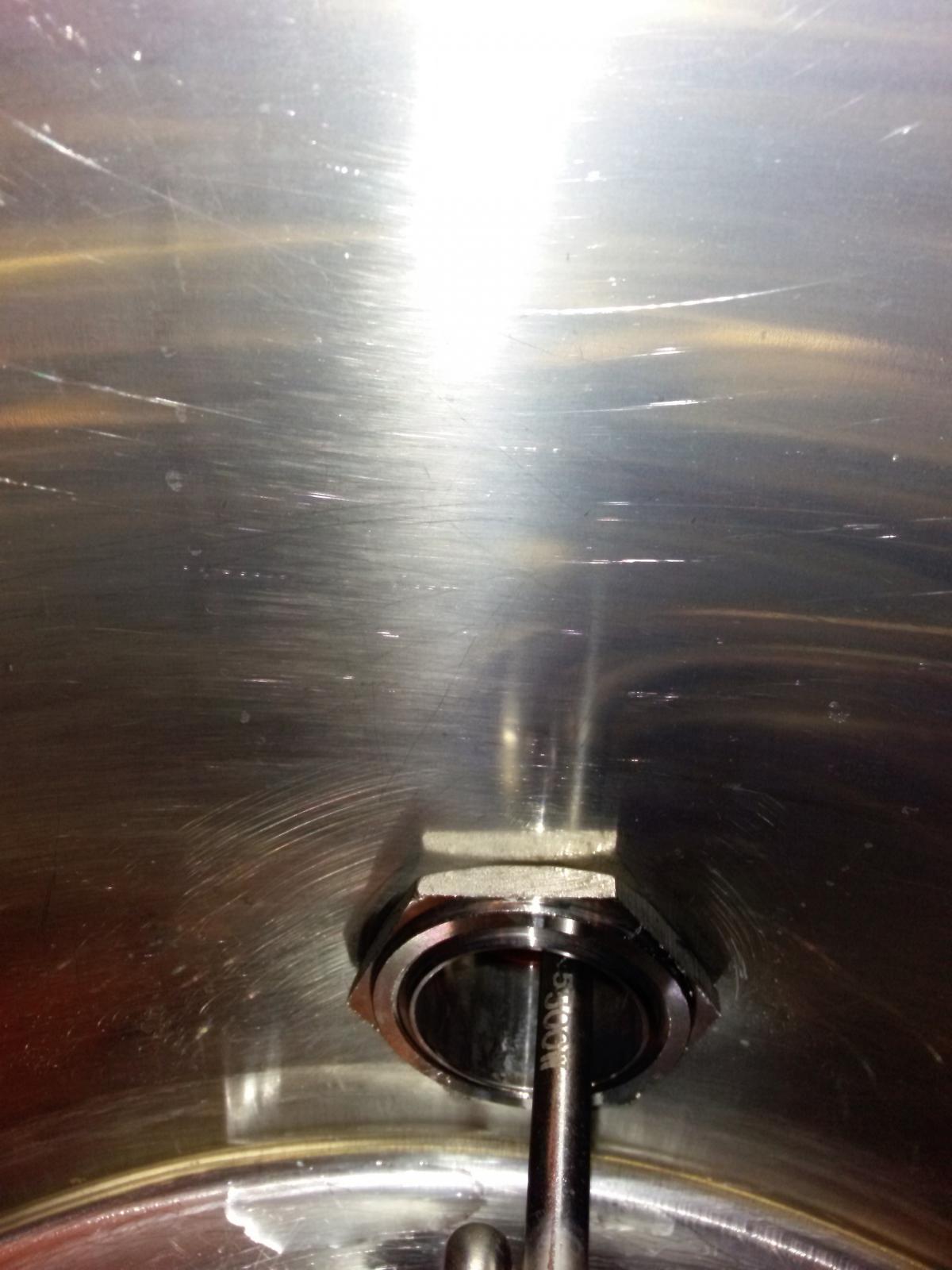Hello All,
First let me say I am a rookie brewer. Before this I have brewed 3 stove top batches. I wanted to brew in full 5 gallon batches. Not brew a concentrate and add water at the end. I quickly realized my stove top was not going to cut the mustard. It was taking forever to heat up 5 gallons and could barely get it to a rolling boil. So I decided to go electric and bought a 5500W element and installed in my kettle. I bought a Simple Dragon Controller to control the element. When I brewed today it still took over an hour to get the water (5 gallons) to a boil. I never had to adjust the element output just left it cranked the whole time and the boil never got passed a gentle rolling boil. Definitely was able to reach more of a rolling boil then on stove top but I have to be honest I was let down by the time it took to get to boil and the fact that I never had to turn the element down. (Why the hell did I buy the controller. lol) I was hoping this my switch to electric was going to help me make my brew day more efficient. Can someone tell me if this is normal even when you go electric? I was expecting more efficiency in boil and expected the element to be more then enough to boil 5 gallons quickly? Thanks in advance for any feedback! I have 8 gallon kettle, 5500w element, thermometer and ball valve installed in kettle.
First let me say I am a rookie brewer. Before this I have brewed 3 stove top batches. I wanted to brew in full 5 gallon batches. Not brew a concentrate and add water at the end. I quickly realized my stove top was not going to cut the mustard. It was taking forever to heat up 5 gallons and could barely get it to a rolling boil. So I decided to go electric and bought a 5500W element and installed in my kettle. I bought a Simple Dragon Controller to control the element. When I brewed today it still took over an hour to get the water (5 gallons) to a boil. I never had to adjust the element output just left it cranked the whole time and the boil never got passed a gentle rolling boil. Definitely was able to reach more of a rolling boil then on stove top but I have to be honest I was let down by the time it took to get to boil and the fact that I never had to turn the element down. (Why the hell did I buy the controller. lol) I was hoping this my switch to electric was going to help me make my brew day more efficient. Can someone tell me if this is normal even when you go electric? I was expecting more efficiency in boil and expected the element to be more then enough to boil 5 gallons quickly? Thanks in advance for any feedback! I have 8 gallon kettle, 5500w element, thermometer and ball valve installed in kettle.
Last edited:


















